Residential Heat Pump & Insulation Guide
Residential/Landlords
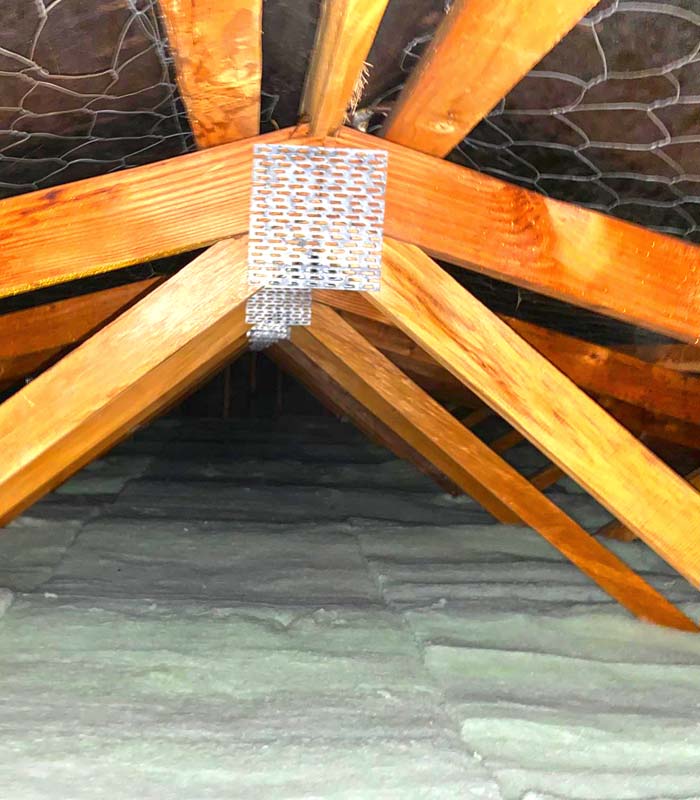

Insulation Standard
Ceiling and underfloor insulation are compulsory in all rental homes where it is possible for it to be installed.
The healthy homes standards split New Zealand into three climate zones and each zone has different insulation requirements.
Insulation requirements are measured by R-value, which is a measure of how well insulation resists heat flow. The higher the R-value, the better the insulation. The R-value will be clearly shown on the product packaging.
Any new build or renovated property that is compliant with the updated 2021 Building Code insulation requirements will be compliant with the healthy homes insulation standard. Landlords who have installed new insulation since 1 July 2016 are likely to already meet the healthy homes standard if the insulation is in good condition.
Tenancy Services has an online tool for landlords to calculate if they are likely to need to upgrade or replace their insulation to meet the healthy homes standard.
Exemptions to the insulation standard
There are three specific insulation exemptions:
- Access is impracticable or unsafe. Some areas of some homes may not be safe or practical to reach due to the design of the house, potential to cause damage, or health and safety reasons.
- Partial exemption for certain underfloor insulation. If a property has underfloor insulation that was installed when the house was built or converted and is still in reasonable condition it may be exempt. Landlords will need to produce compliance documents like a code compliance certificate or certificate of acceptance.
- Ceilings and floors with other habitable spaces directly above or below.
IMPORTANT DATE:
1 July 2024: All rental properties must comply with the healthy home standard.
Find out more about the insulation standard at Tenancy Services (External Link).

Heating Standard
The heating standard was amended in May 2023 to reflect the fact that new homes built or renovated to the 2008 building code requirements for insulation, glazing and some apartments have higher thermal performance. The changes mean that smaller heaters are generally sufficient to provide the warmth required in such types of homes.
Tp work out what size heater is needed landlords can use the Tenancy Services heating assessment tool (external link).
To meet the heating stadnard landlords must provide one or more fixed heaters that can directly heat the main living room in a rental property. Heaters cannot be an open fire or an unflued gas heater. They must be fixed and not portable.
In most cases, acceptable heaters include a heat pump (if it has a thermostat), a wood burner, pellet burner, or flued gas heater. In some cases, such as small apartments, a smaller fixed electric heater may be enough.
Find out more about the heating standard at Tenancy Services (External Link).

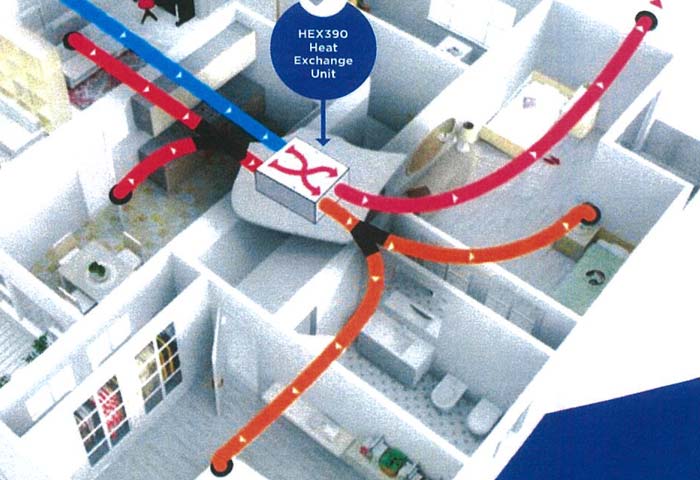

Ventilation Standard
Poor ventilation can lead to mould and dampness problems and be harmful to both a tenant's health and the landlord's property.
To combat mould and dampness caused by poor ventilation, rental homes must have windows that can open in the living room, dining room, kitchen and bedrooms. Kitchen and bathrooms must have extractor fans.
The ventilation standard was updated in May 2022 to allow the use of continuous mechanical ventilation which extracts to outside kitchens and bathrooms, if the ventilation system received building consent on or after 1 November 2019.
Find out more about the healthy home ventilation standard at Tenancy Services (external link).

Moisture ingress and drainage
Moisture can be a large source of dampness in a home. Dampness might not only lead to health issues for tenants, but it can also be destructive to property.
Rental properties must have effecient drainage for the removal of stormwater, surface water and groundwater. If a rental property has an enclosed sub-floor space, then a ground moisture barrier must be installed if it is possible to do so. If installing a ground moisture barrier is not possible, landlords do not have to install alternative moisture barriers.
Find out more about the moisture and drainage standard at Tenancy Services (External Link).
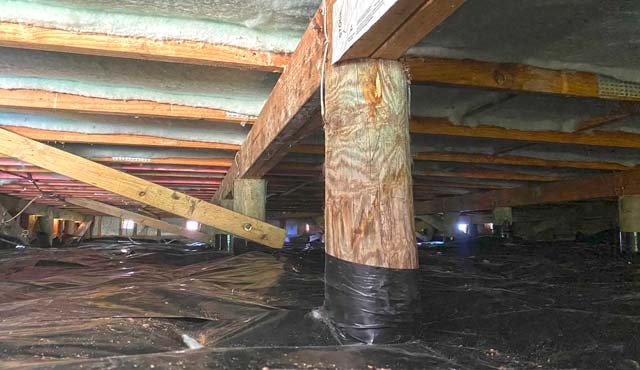
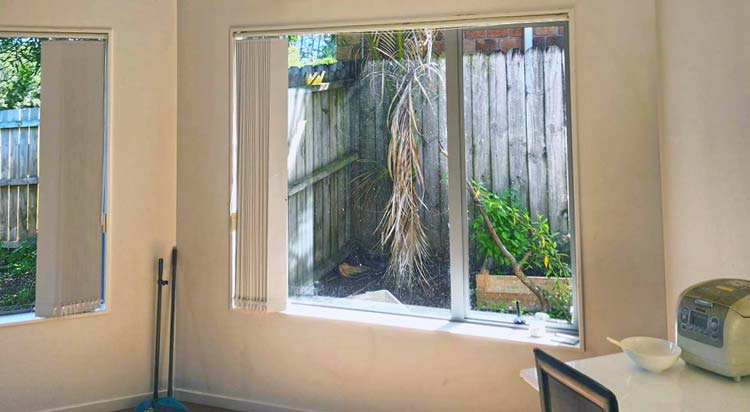

Draughts
Fixing draughts can help reduce heating bills for tenants and keep rental properties warm and dry.
Landlords must make sure their property does not have unreasonable gaps or holes in walls, ceilings, windows, skylights, floors, and doors which cause noticable draughts. All unused fireplaces must be closed off or their chimneys must be blocked to prevent draughts.
Find out more about the Draught stopping standard at Tenancy Services (External Link).
You could qualify for the Warmer Kiwi Home grant of up to 80-90% of the total cost of installing ceiling insulation, underfloor insulation and a ground vapour barrier in your home.
In some areas the cost to you may be even lower thanks to generous funding from community organisations.
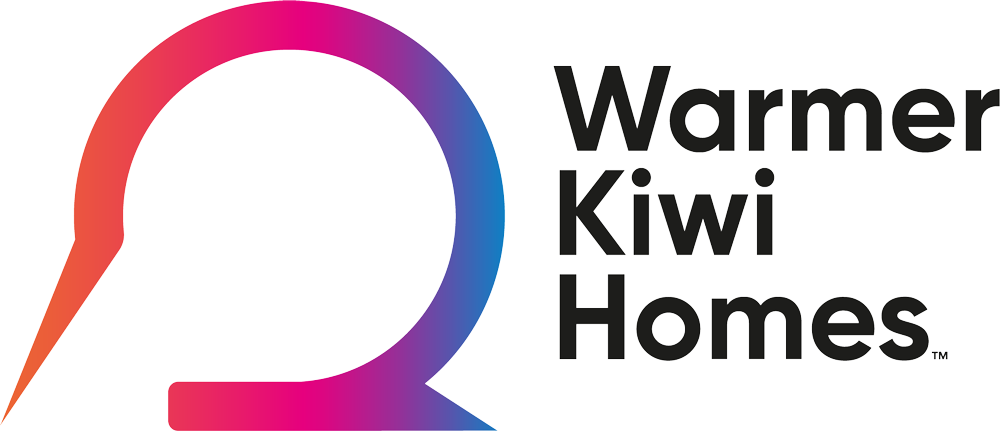
Check your eligibility
for a Warmer Kiwi Homes Grant | EECA
OR book your FREE home assessment with us here.